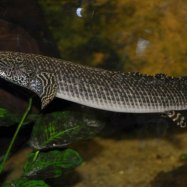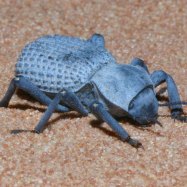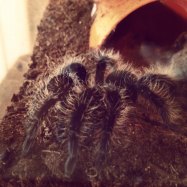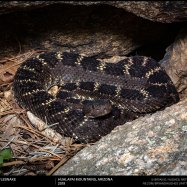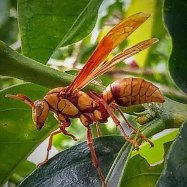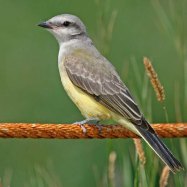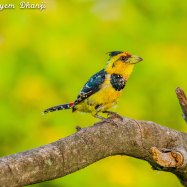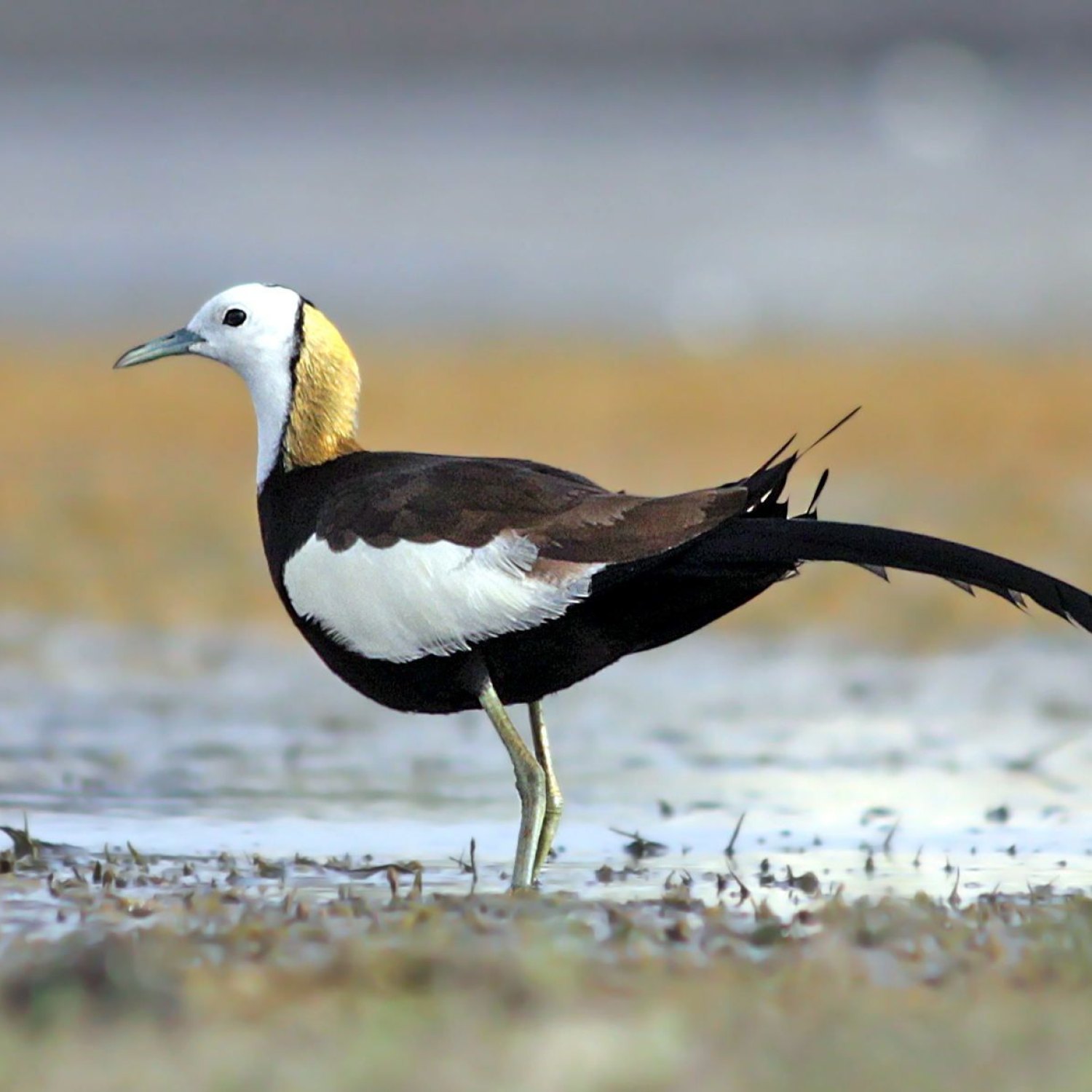
Pheasant Tailed Jacana
25-30 cm (9.8-11.8 in)
The Pheasant Tailed Jacana is a beautiful and unique bird found in tropical and sub-tropical regions. With its small and slender body, long legs, and toes, it is perfectly adapted to skim and walk on floating vegetation. They are known for their distinctive pheasant-like tail feathers, giving them their name. These birds are a sight to behold and can grow up to 25-30 cm, making them a perfect addition to any bird-watching list. Keep an eye out for this fascinating member of the Jacanidae family on your next trip to the tropics!
Animal Details Summary:
Common Name: Pheasant Tailed Jacana
Kingdom: Animalia
Habitat: Wetlands, marshes, and shallow lakes
The Fascinating Pheasant Tailed Jacana: A Master of the Wetlands
When it comes to the animal world, there is something truly captivating about the endless variety and diversity found in nature. One particular creature that stands out is the Pheasant Tailed Jacana, a magnificent bird with unique physical features and remarkable behaviors that make it a true marvel to behold.Scientifically known as Hydrophasianus chirurgus, the Pheasant Tailed Jacana is a member of the Jacanidae family, belonging to the Aves class and the Charadriiformes order. This beautiful bird can be found in various countries across South and Southeast Asia, and it is highly adapted to its wetland habitat, making it a true master of the water Pheasant Tailed Jacana.
Let's dive deeper and discover more about this incredible bird, from its habitat and geographical distribution to its feeding methods, physical features, and more.
Habitat and Distribution
The Pheasant Tailed Jacana is a bird that thrives in wetland environments, including marshes, shallow lakes, and other bodies of water with dense vegetation. These habitats provide the perfect setting for this bird to carry out its daily activities and even raise its young.This species is widespread across many countries in South and Southeast Asia, with its range covering India, Sri Lanka, Bangladesh, Nepal, Myanmar, Thailand, Cambodia, Vietnam, Malaysia, and Indonesia. Within these regions, the Pheasant Tailed Jacana can be found in various types of wetlands, including coastal areas and inland water bodies.
Feeding and Diet
The Pheasant Tailed Jacana is classified as an omnivore, meaning it consumes both plant and animal matter as part of its diet. This bird's main source of food is small aquatic invertebrates, such as insects, crustaceans, and mollusks, which it can find by probing its long toes into the water or the mud.Aside from these invertebrates, the Pheasant Tailed Jacana also feeds on small fish, seeds, and plant matter, making it a versatile and opportunistic feeder. It uses its sharp and pointed beak to pick at seeds and small insects, making it a highly skilled hunter Puertasaurus.
Physical Characteristics
One of the most remarkable features that make the Pheasant Tailed Jacana stand out is its striking coloration. This bird's plumage is predominantly black, with brown and yellow patches on its wings, back, and tail. Its name is derived from its long and colorful tail feathers, which resemble those of a pheasant.In addition to its distinctive coloration, the Pheasant Tailed Jacana also has a small, slender body, measuring between 25-30 cm (9.8-11.8 in) in length. It also has long legs, toes, and a curved neck, which it uses to navigate through the water and vegetation in its habitat.
The male and female Pheasant Tailed Jacana have different physical characteristics, with the male having brighter plumage and longer tail feathers. This difference in appearance is known as sexual dimorphism and is a common trait among many bird species.
Behavior and Adaptations
One of the most intriguing aspects of the Pheasant Tailed Jacana's behavior is its unique adaptation to its wetland habitat. These birds have long, thin toes that enable them to walk on the floating vegetation found in their environment. This adaptation also helps them distribute their weight and stay afloat while foraging for food.Furthermore, the Pheasant Tailed Jacana has a fascinating reproductive behavior that sets it apart from other birds. The female bird lays her eggs on a floating nest made of vegetation, and the male bird takes on the responsibility of incubating the eggs and caring for the chicks once they hatch. This behavior is known as polyandry, and it is rare among birds, making the Pheasant Tailed Jacana truly exceptional.
Another impressive adaptation of this bird is its ability to walk on lily pads and other floating plants without sinking. This feat is achieved through its long toes and flexible joints, which allow it to distribute its weight and stay balanced on the water's surface.
Conservation Status
The Pheasant Tailed Jacana, like many other bird species, faces several threats that have impacted its population. Loss of wetland habitats due to urbanization and pollution, as well as hunting and egg collection, have contributed to the decline of this species in some areas.Fortunately, efforts are being made to conserve and protect the Pheasant Tailed Jacana. Various organizations and conservation projects are working to restore and protect wetland habitats, educate communities about the importance of these birds, and enforce laws against hunting and egg collection.
In Conclusion
In conclusion, the Pheasant Tailed Jacana is a truly remarkable bird with unique features and behaviors that make it a master of the wetlands. From its striking coloration and physical adaptations to its complex reproductive behavior and versatile diet, this bird is a true wonder of the animal kingdom.However, the Pheasant Tailed Jacana, like many other species, faces threats to its survival, making conservation efforts crucial to its long-term survival. By learning more about this bird and promoting its protection, we can help ensure its continued existence for future generations to marvel at its beauty and resilience in the wetlands.

Pheasant Tailed Jacana
Animal Details Pheasant Tailed Jacana - Scientific Name: Hydrophasianus chirurgus
- Category: Animals P
- Scientific Name: Hydrophasianus chirurgus
- Common Name: Pheasant Tailed Jacana
- Kingdom: Animalia
- Phylum: Chordata
- Class: Aves
- Order: Charadriiformes
- Family: Jacanidae
- Habitat: Wetlands, marshes, and shallow lakes
- Feeding Method: Omnivorous
- Geographical Distribution: South and Southeast Asia
- Country of Origin: India, Sri Lanka, Bangladesh, Nepal, Myanmar, Thailand, Cambodia, Vietnam, Malaysia, and Indonesia
- Location: Tropical and sub-tropical regions
- Animal Coloration: Black, brown, and yellow
- Body Shape: Small, slender body with long legs and toes
- Length: 25-30 cm (9.8-11.8 in)
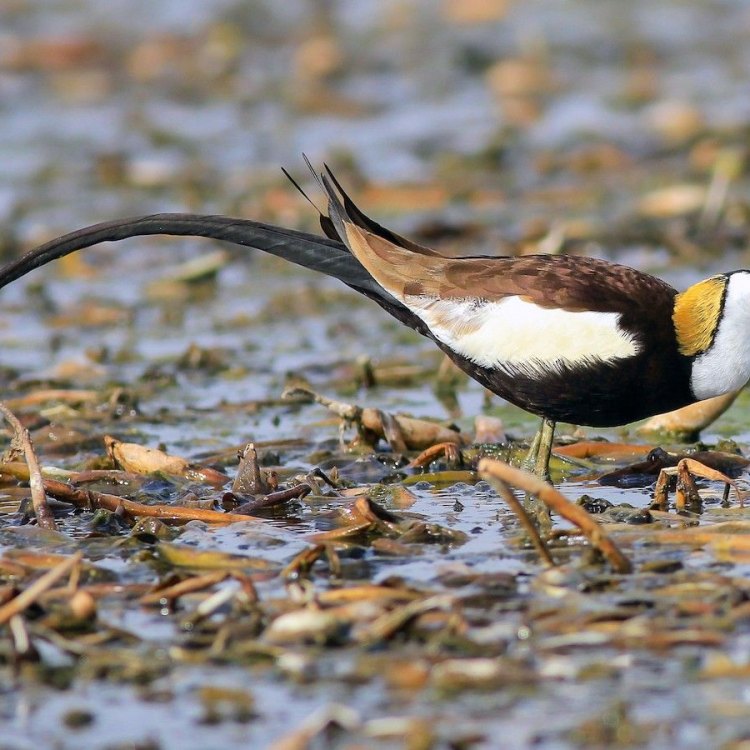
Pheasant Tailed Jacana
- Adult Size: Small
- Average Lifespan: 4-8 years
- Reproduction: Sexual
- Reproductive Behavior: Polyandrous mating system
- Sound or Call: Loud, shrill calls
- Migration Pattern: Non-migratory or short-distance migrant
- Social Groups: Solitary or in small groups during breeding season
- Behavior: Feeds by picking insects and small aquatic creatures off the water's surface
- Threats: Habitat loss and degradation, hunting, and pollution
- Conservation Status: Least Concern
- Impact on Ecosystem: Helps control insect populations
- Human Use: Slight human use as pets or hunting game
- Distinctive Features: Long, pheasant-like tail feathers
- Interesting Facts: The male Pheasant Tailed Jacana takes primary responsibility for incubating the eggs and caring for the young.
- Predator: Large birds of prey, crocodiles, and snakes
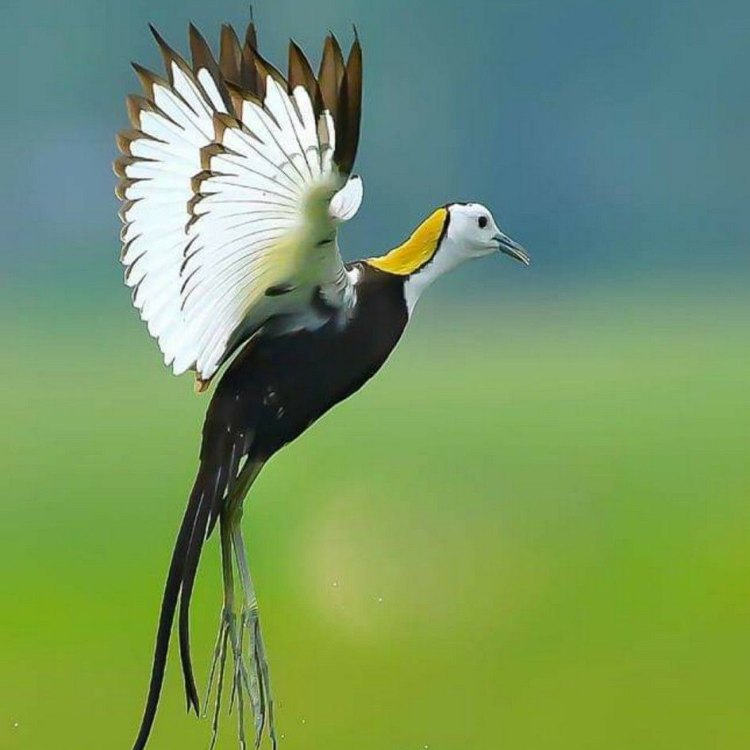
Hydrophasianus chirurgus
The Fascinating World of the Pheasant Tailed Jacana: Masters of Polyandrous Mating
From the vast rainforests of Southeast Asia to the serene wetlands of Australia and Africa, one can come across a tiny, but remarkable bird - the Pheasant Tailed Jacana. Often referred to as the "water dikkop", these small birds are recognized by their long, pheasant-like tail feathers that give them a regal appearance. But it's not just their distinctive features that make them stand out, the Pheasant Tailed Jacana has a unique social and reproductive system that is worth exploring.Size and Lifespan
The Pheasant Tailed Jacana is a small bird, measuring no more than 10-12 inches in length and weighing approximately 4-6 ounces PeaceOfAnimals.Com. Despite their diminutive size, these birds have an impressive lifespan, living an average of 4-8 years in the wild. However, in captivity, they can live up to 10 years.As with most bird species, the male Pheasant Tailed Jacana is slightly larger than the females, a characteristic known as sexual dimorphism. This is more pronounced in males, with their larger size and striking plumage, it's no wonder they are the ones that catch the females' attention during the breeding season.
Reproduction and Mating Behavior
One of the most fascinating aspects of the Pheasant Tailed Jacana is their unique mating system. These birds practice a form of polyandry, where one female mates with multiple males. This is a rare occurrence in the bird world, as most species practice monogamy or polygyny.During the breeding season, the female chooses a male to be her primary mate, and then she will mate with several other males to ensure successful fertilization of her eggs. The male Pheasant Tailed Jacana takes on the majority of the responsibility for incubating the eggs and caring for the young, while the females continue to mate with other males Pug Mix.
This role reversal is not only intriguing but also crucial to the survival of the species, as it allows for more efficient use of resources and increases genetic diversity within the population.
Sounds and Calls
Despite their tiny size, the Pheasant Tailed Jacana has a loud, shrill call that can be heard from a considerable distance. They are vocal birds, using their calls to communicate with each other and to alert potential mates or rivals of their presence.The calls of these birds are also an essential part of their courtship ritual, with males using their vocalizations to attract the attention of females. The sound of a male Pheasant Tailed Jacana calling can be quite impressive, starting with a series of sharp, high-pitched notes and ending with a rolling trill.
Migration Pattern and Social Behavior
The Pheasant Tailed Jacana is a non-migratory bird, meaning they do not undertake long-distance migrations. Instead, they prefer to stay in their preferred habitats, which are often shallow, freshwater wetlands, and marshes.These birds are typically solitary creatures or can be found in small groups during the breeding season. Once their offspring are raised, they will often return to their solitary ways. However, during the breeding season, the female will form a small social group with her multiple male partners, a unique display of cooperative breeding behavior.
Feeding Behavior
The Pheasant Tailed Jacana is an expert at walking on lily pads and other aquatic vegetation, thanks to their long, slender toes that distribute their weight evenly. They use this skill to their advantage when foraging, walking on the water's surface and picking insects and small aquatic creatures off the surface.This feeding behavior not only makes for a unique sight but also plays an essential role in the ecosystem.
Threats and Conservation Status
Unfortunately, like many bird species, the Pheasant Tailed Jacana faces various threats to its survival. Habitat loss and degradation due to human activities such as agriculture and urbanization are a significant threat to these birds. They also face hunting and pollution in some areas, which further affects their population numbers.Currently, the Pheasant Tailed Jacana is classified as "Least Concern" on the International Union for Conservation of Nature (IUCN) Red List due to its large and stable population. However, conservation efforts and measures to protect their habitats are crucial in ensuring their continued survival.
Impact on the Ecosystem
Like other birds, the Pheasant Tailed Jacana plays a crucial role in the ecosystem. Their diet consists mainly of insects, which they pick off the water's surface, helping to control insect populations in their habitat.These birds are also an essential part of the food chain, providing a food source for predators such as large birds of prey, crocodiles, and snakes. Without the Pheasant Tailed Jacana, the delicate balance of the ecosystem could be disrupted.
Human Use
While the Pheasant Tailed Jacana is not widely used or exploited by humans, there are instances where they have been kept as pets or hunted for their meat and feathers. However, their small size and elusive nature make them less desirable as game birds, and they are often only hunted for subsistence.In some cultures, the Pheasant Tailed Jacana is considered a symbol of resilience and resourcefulness, and their feathers are used in traditional ceremonies and rituals.
Distinctive Features and Interesting Facts
The most distinctive feature of the Pheasant Tailed Jacana is, of course, its long, pheasant-like tail feathers. These elongated feathers are used for display during mating rituals and give the birds their regal appearance.One of the most interesting facts about the Pheasant Tailed Jacana is that the male takes primary responsibility for incubating the eggs and caring for the young, a behavior rarely seen in other bird species. Once the eggs are laid, the female will continue to mate with other males, while the male takes care of the offspring.
In Conclusion
With their striking appearance, unique social and reproductive behavior, and essential role in the ecosystem, the Pheasant Tailed Jacana is a truly fascinating bird. Despite facing threats to their survival, these birds continue to thrive and are a testament to the resilience of nature.By learning about and appreciating these remarkable birds, we can work towards protecting their habitats and ensuring their continued existence in the wild. So, the next time you stumble upon a tiny, regal-looking bird with long tail feathers in a wetland or marsh, remember the incredible Pheasant Tailed Jacana and its fascinating world.

The Fascinating Pheasant Tailed Jacana: A Master of the Wetlands
Disclaimer: The content provided is for informational purposes only. We cannot guarantee the accuracy of the information on this page 100%. All information provided here may change without prior notice.


